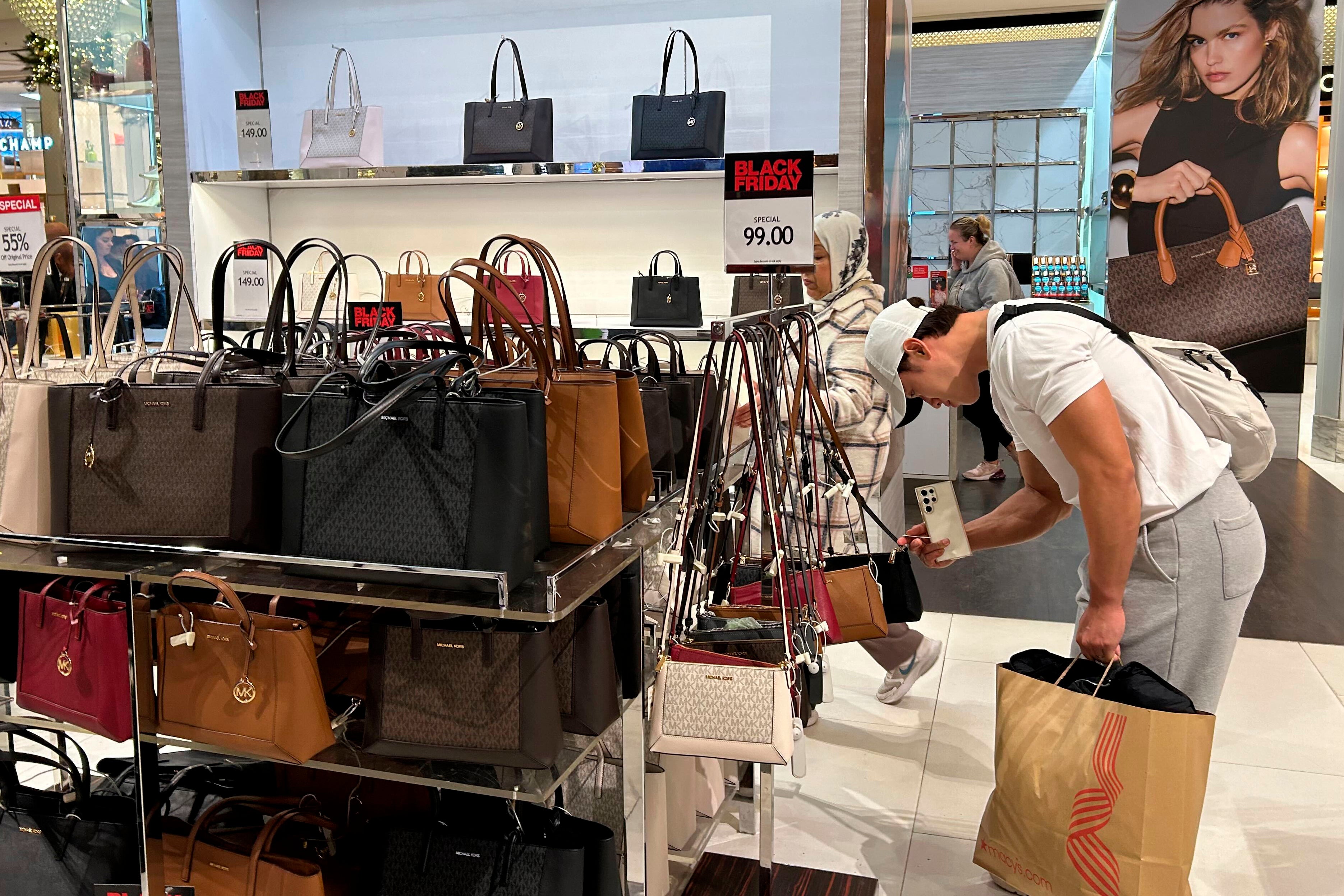US retail sales rose modestly last month amid solid holiday shopping, boosting economy
Americans stepped up their spending at retail stores and restaurants last month in a clear sign that consumers are still able and willing to shop

Your support helps us to tell the story
From reproductive rights to climate change to Big Tech, The Independent is on the ground when the story is developing. Whether it's investigating the financials of Elon Musk's pro-Trump PAC or producing our latest documentary, 'The A Word', which shines a light on the American women fighting for reproductive rights, we know how important it is to parse out the facts from the messaging.
At such a critical moment in US history, we need reporters on the ground. Your donation allows us to keep sending journalists to speak to both sides of the story.
The Independent is trusted by Americans across the entire political spectrum. And unlike many other quality news outlets, we choose not to lock Americans out of our reporting and analysis with paywalls. We believe quality journalism should be available to everyone, paid for by those who can afford it.
Your support makes all the difference.Americans stepped up their spending at retail stores and restaurants last month in a clear sign that consumers are still able and willing to shop.
Retail sales rose 0.4% in December from the previous month, the Commerce Department said Thursday, though down from November's upwardly revised 0.8% gain.
The figures suggest that even as many Americans are struggling with higher prices and elevated interest rates, a low unemployment rate and rising wages are encouraging millions of consumers to spend, bolstering economic growth. Last Friday the government reported that employers stepped up hiring in December and the unemployment rate fell to a low 4.1%.
Retailers have generally reported healthy sales during the winter holiday shopping season. Much of last month's increase in spending was driven by a 0.7% jump in car sales, and a 2.3% spike in purchases of furniture. Sales at sporting goods stores jumped 2.6%, while clothing outlets reported a 1.5% increase.
The report isn't adjusted for inflation, which picked up last month. The retail sales report mostly reflects sales of goods, where prices have been relatively muted. Sales rose 3.9% in December compared with a year ago, the government said, while goods prices have risen just 0.3%.
After dropping precipitously in 2023, inflation has been stuck at about 2.7% in recent months, and prices are still much higher than four years ago. Still, on Wednesday the Labor Department said that core prices — excluding the volatile food and energy categories — rose more slowly last month, as clothing prices barely increases and apartment rental costs climbed at a slower pace.
The cooler core inflation figures renewed hopes among economists and Wall Street investors that the Federal Reserve will cut its key rate further this year, after three reductions last year reduced by a percentage point to about 4.3%.
The retail sales report came out as thousands of retail executives gathered for the National Retail Federation’s annual three-day conference this week in New York to discuss the wide-ranging issues facing retail businesses and suppliers in 2025, from continued shopper caution to artificial intelligence to the specter of tariffs.
The gathering came on the heels of a solid holiday shopping season, though consumers remain bifurcated. Wealthier shoppers, boosted by rising home values and stock investments, continue to spend more, but lower income shoppers, their wallets strained by still high inflation, have pulled back.
“Families at the higher end of the income spectrum are doing more than their fair share of consumer spending and remodeling,” Greg Daco, chief economist at EY-Parthenon, Ernst & Young LLP said Monday. “Maybe they’re not moving, but they’re remodeling and they’re buying. Families at the lower end of the spectrum are a little bit more constrained and have more difficulties with this high price environment.”
___
D’Innocenzio reported from New York.